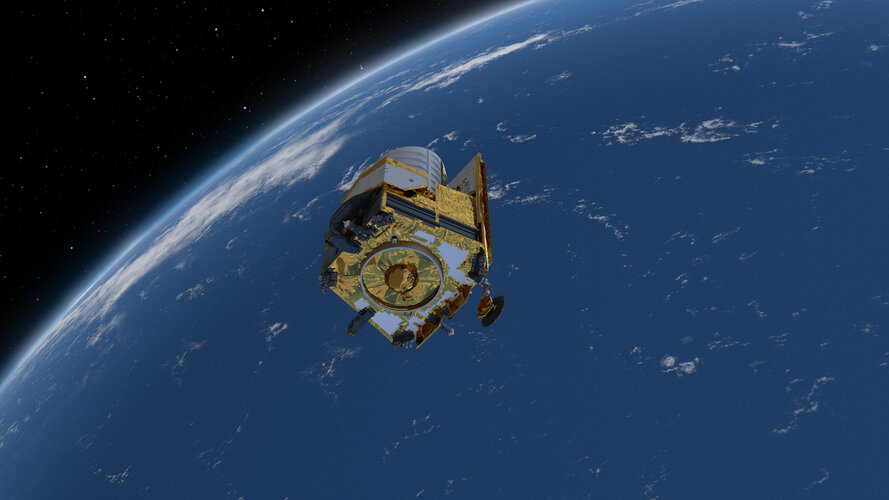Beyond launch day
After launch, Euclid sets sail for the Sun-Earth Lagrange point L2. Four weeks after launch, Euclid will enter in orbit around this point, which is located at 1.5 million kilometres from Earth, in the opposite direction from the Sun. Once in orbit, mission operators start verifying all the functions of the telescope. During this, residual water is outgassed and subsequently Euclid’s instruments will be turned on. Between one and three months after launch, Euclid will go through several calibrations and scientific performance tests and get ready for science. The telescope begins its early phase of the survey of the Universe three months after launch.
Follow all updates on Euclid’s commissioning on twitter via @ESA_Euclid and on www.esa.int/Euclid.
About Euclid
ESA's Euclid mission is designed to explore the composition and evolution of the dark Universe. The space telescope will create the largest, most accurate 3D map of the Universe across space and time by observing billions of galaxies out to 10 billion light-years, across more than a third of the sky. Euclid will explore how the Universe has expanded and how and how large-scale structure is distributed across space and time, revealing more about the role of gravity and the nature of dark energy and dark matter.



